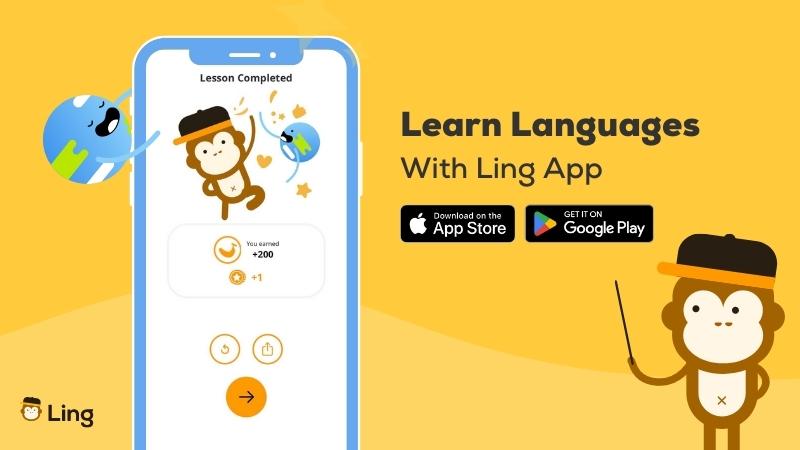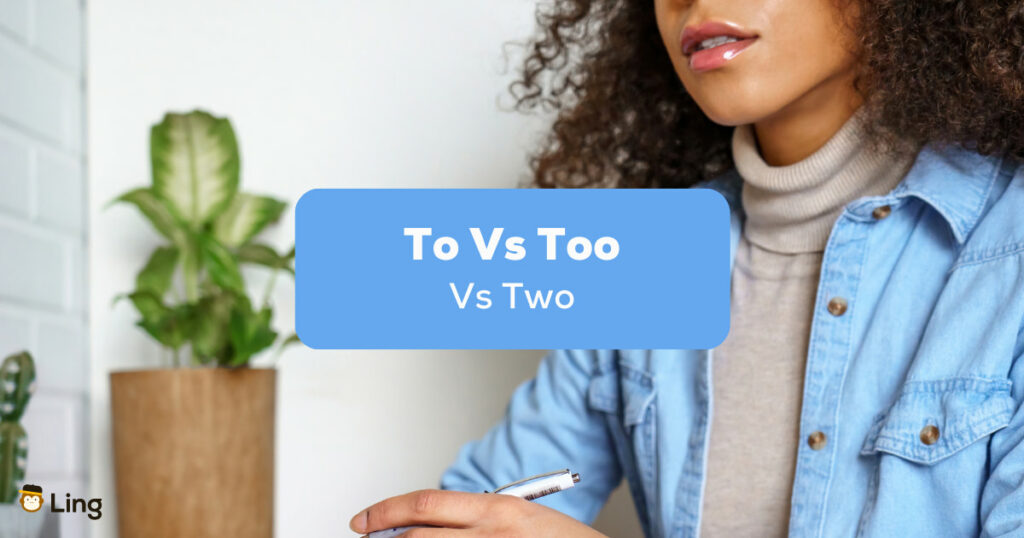Grammar police and Nazi English editors would agree that if there is a set of words that are often misused and abused, then that would be to vs. too vs. two. These little words may take up such a small space in your written document, but they can either make or break your final content. To help you navigate this confusing subject, we decided to write this post to give you the most comprehensive explanations and examples on how to use each. Ready for that? Let’s get started!
English remains to be the king among all the languages in the world, as it has officially been utilized by over 94 countries out of 195. Given its massive presence as reflected in mainstream media and global commerce, language enthusiasts continue to challenge themselves to learn the nitty-gritty details of English. And if you are going to ask me if there is one crucial part of learning the aforesaid language, then that would be its grammar.
You see, English grammar is considered a timeless subject due to its long-standing history and the fact that it is always changing to adapt to its speakers. It is great that it is shifting because if it did not, then can you imagine how difficult it would be to differentiate the users behind the word “text” (the verb and the noun)? Lucky for us, the English language comes with a set of rules which significantly help in allowing us to express ourselves better.
To Vs Too Vs Two
If you landed on this page, then perhaps you are also confused about how to differentiate between these pesky words, given that they all sound the same but are spelled differently. In this case, the words to, two, and too are examples of what we call homophones. Basically, homophones refer to words that sound alike when pronounced but have incredibly different meanings, spellings, and origins. Some of the best examples are break/brake, die/dye, flour/flower, and heal/heel.
For the case of our three words, you just have to take note of the difference below:
| Homophone | Grammar | What It Is Used For | English Example |
| To | Preposition | You can use this to express a direction. | Harold ran to the girl’s side in an instant. |
| Too | Adverb | This is synonymous with words like also, really, and in addition. It can also be used to indicate an excessive amount. | I want to have some of that chocolate cake too. The sun was just too bright for my liking. |
| Two | Number | Only use this when you are discussing about the number itself. | He grew up with two brothers and a sister. |

How To Use ‘To’
Let’s start with the first word in our journey to differentiate to vs too vs two. Based on the table above, we can deduce that to is generally used to indicate a relationship between words or clauses. In fact, it can even be used to indicate a specific period or range of time. It is a pretty versatile word that you should definitely master since it is an all-around word that takes the form of a preposition and an infinitive verb (“to” + verb). In some rare instances, to can also act as an adverb like in the example, “She pulled the door to.”
Here are some examples:
- We would love to visit Germany soon.
- I think she went to the store.
- As a tourist, I think he wanted to explore the traditional landmarks.
- I think I can pass this if you give me 10 to 20 more minutes.
- Have you ever been to the Philippines?
How To Use ‘Too’
In contrast to the previous word, too only acts as an adverb. Whenever I get confused about this one, I usually re-write sentences and the word “also” to see if it sounds right. For instance, if you are troubled by the sentence “Mario is going with them too,” you can simply check it by dropping too and writing, “Mario is going with them also.” Does it sound right? Yep! So, this means that too is the correct word to use.
Additionally, you can use too to indicate abundance or excessiveness. For instance, you may feel too cold when during wintertime or too hot during summer. To understand its general usage better, below are some examples:
- Kimchi is too spicy for my taste.
- I find the dark too terrifying.
- I wasn’t too pleased with how she was acting.
- The grammatical mistakes were too glaring to ignore.
- I miss you, too
Wait a minute! Did you see that comma on our last example? Don’t worry! According to the Chicago Manual of Style, you may or may not use a comma before it. In this sense, it is at your discretion if you want the sentence to look technical and provide more clarity or if you want it without a comma just because it feels “right” to you.
How To Use ‘Two’
There is no better way of explaining this but simply to say two is the number between one and three. Check the example below to see what we mean:
- I want two of those!
- The girl chose to buy the last two dolls from the shelf.
- If I remember correctly, there were two people in the first row.
- I want to meet the last two kids on the line.
- I am sending you my two favorite books today.
As I end this article, I hope that I was able to shed light and give you the quickest and simplest ways on how to use to, too, and two. For more language lessons and tips, I definitely recommend that you sign-up with the Ling app. This incredible learning platform is one of the most versatile apps that you can find today with its scientific progression of lessons, which can significantly scaffold your learning goals.

All It Takes Is 10 Minutes!
And that’s it! Now you know the difference between to vs too vs two. Make the most out of your spare time by reviewing the basic vocabulary, grammatical structures, and even speaking patterns with the help of a dedicated language platform like the Ling app. Unlike other languages, English remains to be one of the wide languages globally, especially for business and government transactions. It holds an ever-growing set of words and phrases which are heavily shaped by the trends and history of the world.
Discover more about languages by installing the Ling app on your iOS or Android today.





































